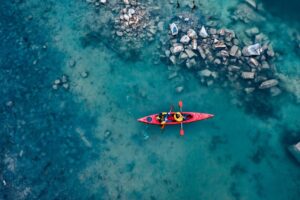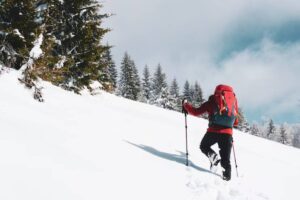The Travel Blog
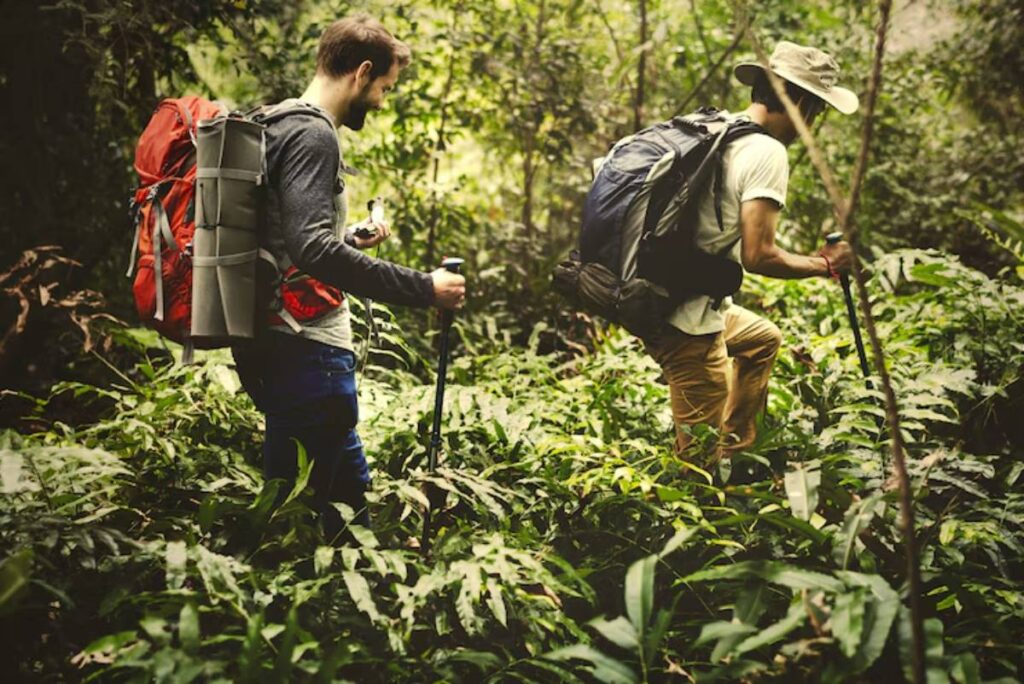
Jungle Trekking in Borneo: Encountering Wild Orangutans
Into the Green Heart of Borneo
Close your eyes. Picture a vibrant forest where every leaf breathes. Sounds whisper of the wild all around. Above, a flash of auburn swings by — a wild orangutan gazes at you with soulful eyes. That’s jungle trekking in Borneo, a rare chance to step into a truly untouched corner of the world.
Borneo is a dream for wildlife lovers, eco-travellers, and adventure seekers. It offers a rare chance to connect deeply with nature. In Southeast Asia, the Malaysian side of the island is rich with ancient rainforests, exotic animals, and close encounters with our primate relatives.
In this guide, you’ll learn where to trek, how to spot orangutans in the wild, what to pack, when to go, and how to do it all sustainably. We’ll also share real stories, practical advice, and links to two related adventures to deepen your journey.
Why Trekking in Borneo is So Unique
1. One of the Oldest Rainforests on Earth
The rainforests of Borneo are over 130 million years old — older than the Amazon. Walking here feels like a trip to the past. Towering trees create natural cathedrals, and layers of biodiversity thrive.
2. Home to the Elusive Orangutan
There’s something magical about seeing a wild orangutan — the only great ape found in Asia — in its natural habitat. In Borneo.
You might see:
- Mothers with babies cradled close
- Large males with flanged cheeks and wise gazes
- Juveniles swinging with playful energy
Spotting one is a gift — rare, humbling, unforgettable.
3. Trekking Through True Wilderness
Unlike manicured nature trails, Borneo’s treks are raw and rugged. You’ll wade through rivers, scramble up muddy paths, and sleep in jungle lodges or camps — a real wildlife adventure in Malaysia.
Top Places to Go Jungle Trekking in Borneo
1. Danum Valley Conservation Area (Sabah)
This is the crown jewel for rainforest hikes in Borneo — remote, protected, and teeming with wildlife.
Highlights:
- Guided treks through dense primary forest
- High chance of orangutan sightings
- Also home to clouded leopards, hornbills, and flying squirrels
- Stay at the award-winning Borneo Rainforest Lodge
2. Kinabatangan River (Sabah)
It’s not deep jungle trekking, but you can spot amazing wildlife by boat and on short hikes.
Highlights:
- River cruises and jungle walks
- Wild orangutans, pygmy elephants, and proboscis monkeys
- Affordable eco-lodges and homestays
3. Mulu National Park (Sarawak)
A UNESCO World Heritage Site, famed for its caves and canopy walks.
Highlights:
- The world’s largest cave chamber: Sarawak Chamber
- Canopy walkway suspended 25 metres above the forest floor
- Night treks to spot glowing fungi, frogs, and insects
4. Batang Ai National Park (Sarawak)
A less-touristy option with a high concentration of semi-wild orangutans.
Highlights:
- Multi-day treks with Iban guides
- Longhouse stays for cultural immersion
- Real off-the-grid experience
Anecdote: The First Orangutan I Saw in the Wild
It was my second day in Danum Valley. The guide stopped abruptly and pointed silently upward. There, about 20 metres above, was a mother orangutan gently cradling her baby. The forest hushed. She looked down at us, calm and curious. For ten minutes, we watched her move with grace, feeding and playing. No cages. No crowds. Just us, and her.
It was one of those rare travel moments when the world stands still, and your heart does too.
What to Expect on a Jungle Trek
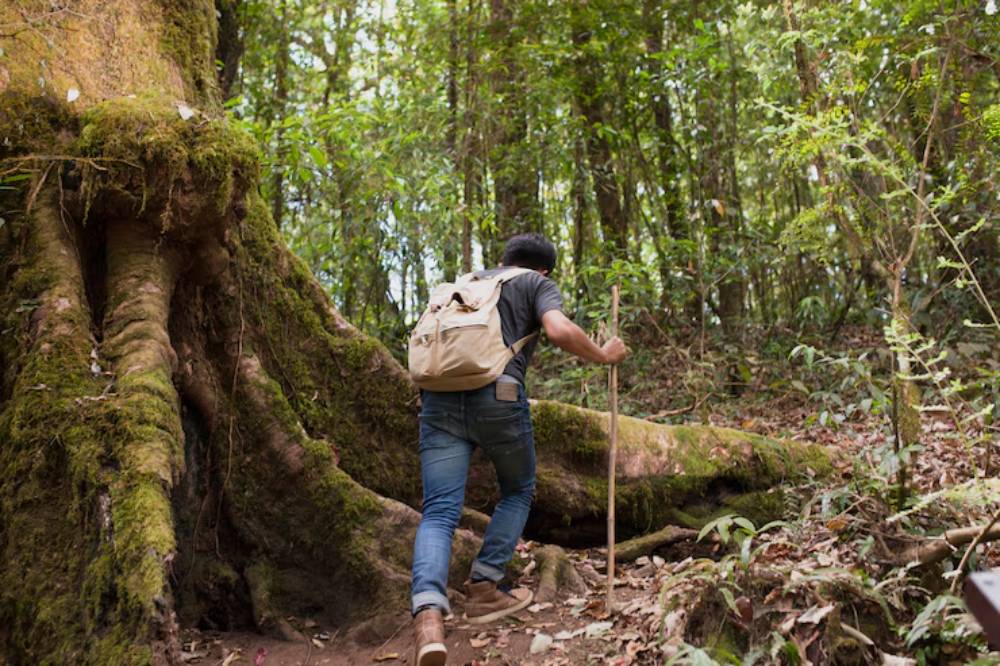
1. The Terrain
- Uneven forest floor with roots and rocks
- River crossings (often barefoot or in sandals)
- Mud — lots of it, especially in rainy months
- Humid air and frequent downpours
2. The Wildlife
While orangutans are the stars, you may also see:
- Sun bears
- Gibbons
- Macaques
- Hornbills
- Giant insects and butterflies
Always trek with a licensed guide. They help you spot wildlife and ensure you stay safe in the dense forest.
3. The Accommodation
- Eco-lodges with basic amenities and solar power
- Jungle camps with mosquito nets and river baths
- Longhouse stays with local families for a cultural twist
What to Pack for Jungle Trekking in Borneo
Essential Clothing:
- Lightweight long-sleeve shirts and trousers
- Quick-dry socks (bring 3–4 pairs)
- Poncho or rain jacket
- Comfortable trekking shoes
- Flip-flops for rivers and showers
Gear and Essentials:
- Dry bag or waterproof pack
- Headlamp or torch (plus batteries)
- Insect repellent (DEET or natural alternatives)
- Biodegradable soap
- Reusable water bottle and purification tablets
- Camera with a zoom lens or binoculars
Avoid wearing bright colours — they can scare off animals or attract bugs.
Best Time to Go Jungle Trekking in Borneo
| Season | Months | Pros | Cons |
|---|---|---|---|
| Dry Season | Mar–Oct | Better trail conditions, more wildlife | Can still rain (this is the rainforest!) |
| Wet Season | Nov–Feb | Lusher jungle, fewer tourists | Slippery trails, occasional flooding |
Morning treks are best for spotting orangutans before the heat sets in.
Safety and Health Considerations
- Always hike with a guide — the forest is vast and navigation is tricky
- Drink only filtered or treated water
- Wear leech socks (especially during the rainy season)
- Let someone know your itinerary
- Pack a basic first aid kit (include antihistamines and electrolytes)
Eco-Conscious Trekking Tips
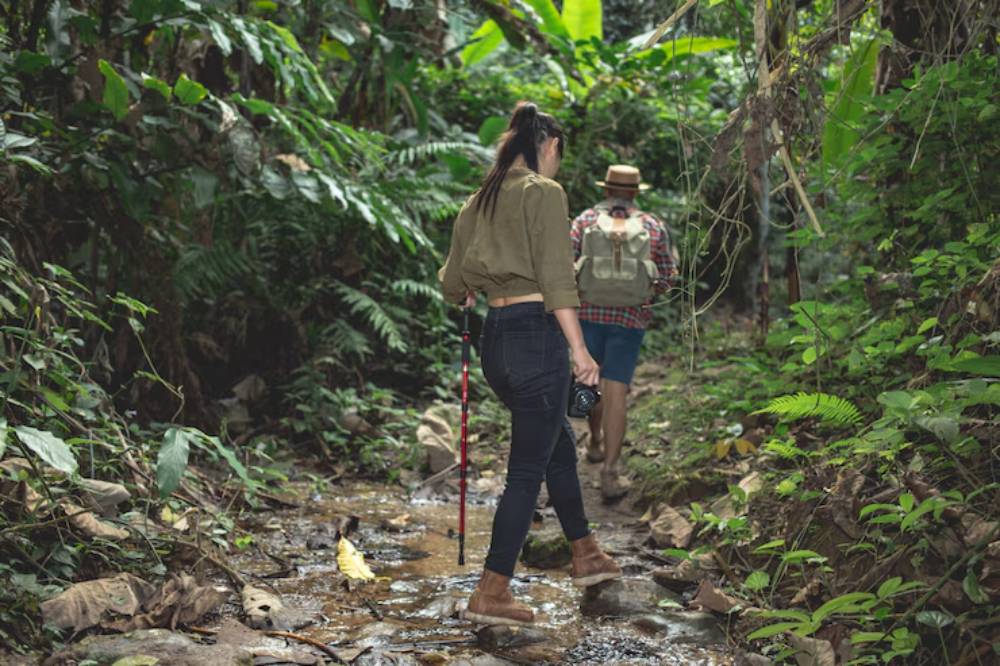
Borneo’s rainforest is precious and under threat from logging and palm oil plantations. As a visitor, you can help protect it.
How to Tread Lightly:
- Choose operators that support conservation
- Avoid single-use plastics
- Don’t feed or touch wildlife
- Stay on marked trails
- Respect local customs and communities
Want more advice on sustainable gear? See: How to Pack for Multi-Climate Adventure Trips
Wildlife Watching Ethics
Seeing animals in the wild is exciting, but also a privilege that comes with responsibility.
Do:
- Stay quiet and calm
- Use binoculars or zoom lenses
- Follow your guide’s lead
- Take photos without flash
Don’t:
- Chase animals or call out to them
- Feed or touch them
- Damage the plants to get a better view
Photography Tips: Capturing the Wild
- Keep your gear dry: Use waterproof pouches
- Use natural light: Flash can scare wildlife
- Go for moments, not perfection: Sometimes the story matters more than the shot
- Ask your guide: They know great spots and vantage points
Real Talk: The Emotional Impact
Jungle trekking in Borneo isn’t just an adventure. It’s transformative. Being immersed in nature — truly immersed — changes the way you think, breathe, and see the world.
You become:
- More present
- More grateful
- More aware of how connected all life is
The orangutans are the headline act, yes. But it’s the chorus of frogs, the crunch of leaves, the sudden silence, and the deep green all around you that stay in your soul long after the trek ends.
Connecting with Indigenous Communities
One of the best parts of jungle trekking in Borneo is meeting the island’s Indigenous peoples. This includes the Iban and Penan communities. These groups have lived in harmony with the rainforest for centuries. They practice sustainable hunting, weaving, and herbal medicine. Sadly, these traditions are slowly fading in the modern world.
How to Engage Respectfully:
- Opt for community-run treks: Some tours directly benefit Indigenous villages by employing local guides, cooks, and porters.
- Stay in a traditional longhouse: Sleep in a communal stilt house, share meals with families, and learn about cultural rites.
- Participate in storytelling evenings: Hear legends passed down orally, often involving forest spirits, ancestor journeys, and the origins of the orangutan.
Why It Matters:
Supporting community tourism helps protect the forest. It also keeps the knowledge and traditions of local people alive. It also provides a deeper connection to your trekking experience. This includes not just wildlife, but also human heritage.
Pair Your Jungle Trek With These Other Adventures
Borneo is perfect for combining jungle trekking with other activities:
- Caving in Mulu National Park
- Diving in Sipadan Island
- River safaris in Kinabatangan
- Cultural visits to longhouse communities
Explore more thrilling experiences like Ziplining in Costa Rica: Soaring Through the Rainforest Canopy
Conclusion: A Walk That Stays With You
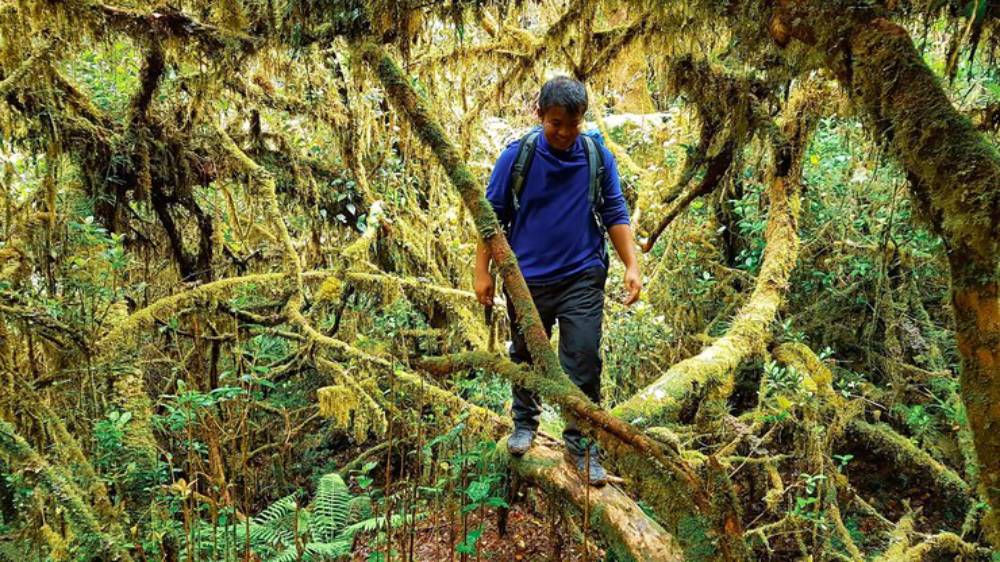
Trekking through the rainforests of Borneo isn’t just a bucket-list item. It’s a journey into one of the Earth’s last great wildernesses — a reminder of what we still have and what we must protect.
Whether you see a single orangutan or ten, you’ll come away changed. The jungle teaches patience, respect, and awe. And once you’ve walked its muddy paths and breathed its thick, earthy air, you’ll carry a part of it with you forever.
Ready to Meet Borneo’s Wild Side?
Book your jungle trek, pack smart, and set your spirit free. Have you trekked in Borneo or spotted an orangutan in the wild? Share your story below! Subscribe for more wildlife adventures and rainforest hikes across the world.




